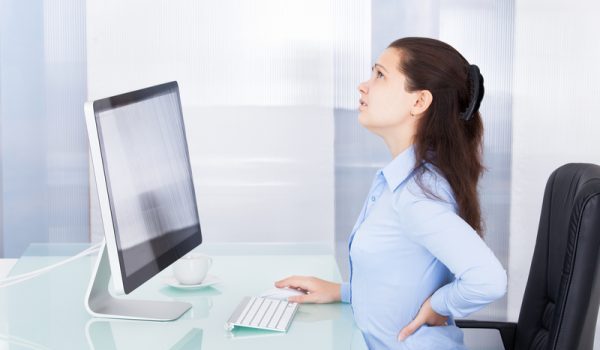|
Background on low back pain
Low back pain is a very common health condition worldwide and a major cause of disability in all age groups. It can impact the level of functioning at work and life in general. The economic impact of lower back pain in the United State of America has been estimated to be over 100 billion dollars annually and growing. Lower back pain can be classified as acute (less than 6 weeks), sub-acute (6 to 12 weeks) or chronic (> 12 weeks). Low back pain symptoms Low back pain is generally not considered a ‘disease’ but a group of symptoms which may include:
Causes of low back pain In most cases, the cause of low back pain is unknown or difficult to pinpoint but multiple risk factors have been identified contributing to the development of lower back pain which include:
Popular medical management of low back pain Radiological imaging such as x-rays, CT scans and MRIs of the lumbar spine are often unreliable and unhelpful in determining the cause of your lower back pain. Popular medical treatments include pain killers (analgesics) and anti-inflammatories despite a lack of scientific evidence associated with its efficacy carrying potential side effects, as the causes of lower back pain are rarely addressed. Preferred evidence based treatment options include physical therapy (physiotherapy), joint mobilisation and manipulation, exercise rehabilitation, cognitive behavioural therapy and pain re-education. Surgical intervention is generally the least preferred option, and considered when conservative non-invasive management fails. When to seek medical attention? It is important to note that back pain can be a signal to a very serious medical condition so please seek immediate medical attention if you experience symptoms including:
Some tips to prevent low back pain or recurrence
Innovative tools which can help your back pain There are many tools available in the market that can help monitor and manage your lower back pain. There is an increasing number of innovative solutions in the market which promote drug free pain relief of your lower back pain including PainPod and Quell. There are also wearable devices which help improve your posture and core muscles at work and at home, notably, UprightGo. There are many exercise rehabilitation apps which assist in providing exercise programs to prevent and rehabilitate lower back pain conditions for example, Kaia’s back pain app, which in a recent study, demonstrated that it was more effective than traditional therapy and online education. Using wearables or activity trackers such as Fitbit, Garmin, Apple’s step counter, Strava or RunKeeper apps can help with behavioural change and promote good exercise habits. Disclaimer: This text does not serve as medical advice and if you have any questions, seek advice from your doctor. Blog post written by Barry Nguyen, an experienced sports and musculoskeletal physiotherapist and digital health expert.
0 Comments
Your comment will be posted after it is approved.
Leave a Reply. |
AuthorContributors Archives
March 2020
Categories
All
|
|
SOCIAL
|
HealthAide is an independent resource. We do not own shares or make profits from the products listed on this site. Products and services have been curated using the Four Principles of Healthcare Ethics (Beauchamp, T. and Childress, J. (1985) Principles of Biomedical Ethics)
© COPYRIGHT 2018. ALL RIGHTS RESERVED.


 RSS Feed
RSS Feed